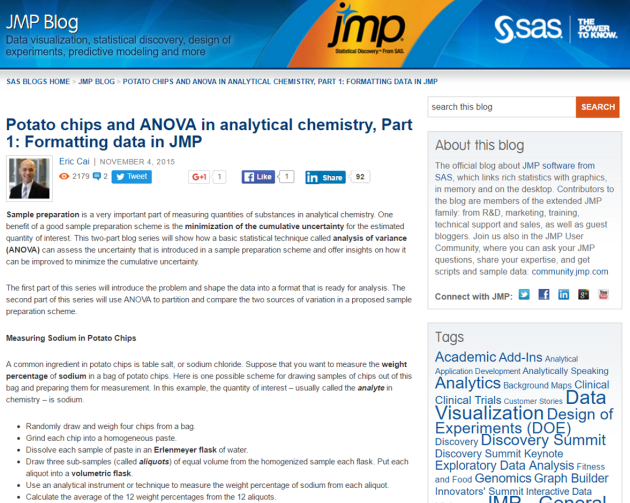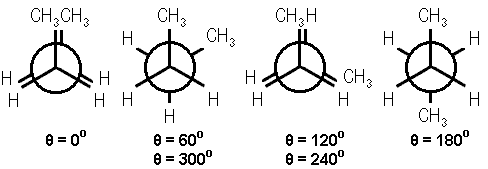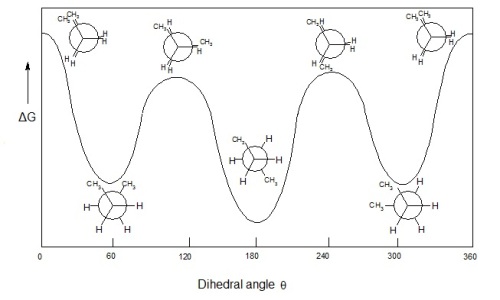Today, combining
- my passion for chemistry,
- my experienced knowledge of university culture in North America,
- and my deep concern for mental health issues,
The Chemical Statistician will feature a collection of writing about the struggles that graduate students in chemistry face during their studies, and how those struggles affect their mental health. This is a special edition of Eric’s Enlightenment.
- Chemjobber began a dialogue with Vinylogous about mental health and graduate studies in chemistry in 2013. It started with this blog post as Part 1, containing reflections of Chemjobber’s own experience and thoughts on general issues on this subject.
- In Part 2 of their dialogue, Vinylogous responds to Chemjobber with a very detailed post on his conjectures of why graduate studies in chemistry is so hard on a student’s mental health.
- In Part 3 of their dialogue, Chemjobber responds to some of Vinylogous’ main points and addresses possible solutions to mental health challenges for chemistry graduate students. He/She also begins to answer the question “Is a graduate degree in chemistry worth the sacrifice?”.
- In Part 4 of their dialogue, Vinylogous examines some alternative issues in this subject, including possible benefits of chemistry graduate studies for mental health, how some research supervisors aggravate mental health problems, and differences between sub-fields of chemistry.
- Finally, in Part 5, Chemjobber concludes this discussion by trying to answer some of the key questions that this dialogue generated and summarizes some of the key points that they learned.
- I am surprised that I never learned about this sad story during my studies as a chemistry student: Jason Altom was an accomplished and well-liked doctoral student in chemistry at Harvard University, yet he committed suicide at age 26, citing excessive pressure from abusive research advisers, including his supervisor, Nobel Laureate Elias Corey. Notably, his suicide notes contained policy recommendations on how academic departments can better protect their students.
The dialogue between Chemjobber and Vinylogous was very productive, with many other chemistry bloggers adding valuable perspectives in their own blog posts. I highly encourage you to read those articles, too.
I also highly recommend you to read the comments in all 5 blog posts – they add great diversity to the perspectives and experiences about this complicated topic.
Here are some key quotations that I gathered from these articles:
Chemjobber – in Part 1 of the dialogue with Vinylogous.
After weeks and weeks of long hours and frustration in the lab in either my 2nd or 3rd year of graduate school, I remember walking into my apartment bathroom, smashing the mirror with my fist and sitting on the edge of the bathtub. I seem to recall yelling at the top of my lungs “What am I going to do!?!?” about whatever reaction sequence of my total synthesis that simply was not going anywhere.
I can easily say that was one of the darkest periods of my time in graduate school. I am not sure if I was depressed — I’m a synthetic chemist, not a clinical psychologist. Close to ten years later, it’s mostly an unpleasant memory, with little recall of the details that set me off. But I can remember sitting on that bathtub edge, the deep despair of a project that wasn’t going well and the feeling that my entire life was an utter failure. Now, of course, I don’t feel that way at all. I can leave my work at work (mostly, anyway), and my self-worth is not entirely reliant on the yield of my last reaction. But there was a lot of pain in between then and now.
Vinylogous – in Part 2 of the dialogue with Chemjobber.
At one point during my previous degree, when I was doing research, taking classes, and teaching, my advisor told me frankly that my productivity needed to increase. It needed to double. At that point I already felt that I was at my absolutely limit in what I could accomplish in a week. At that point, I had nowhere near enough data for a paper and barely enough for a mediocre conference poster. Weekends had been given up, as had hobbies. When I mentioned to my advisor the many demands on my time, his response was short: “Sometimes you need to prioritize what’s important to you.” (The subtext: stop caring about class and teaching and hobbies). It was an existential moment. I managed somehow to increase my productivity and my efficiency, and within a year or so I had three first-author manuscripts. I defended my M.S. and graduated, moving to another (higher tier) school for a Ph.D. But I left with a pre-conditioned bitterness towards graduate work.









Recent Comments